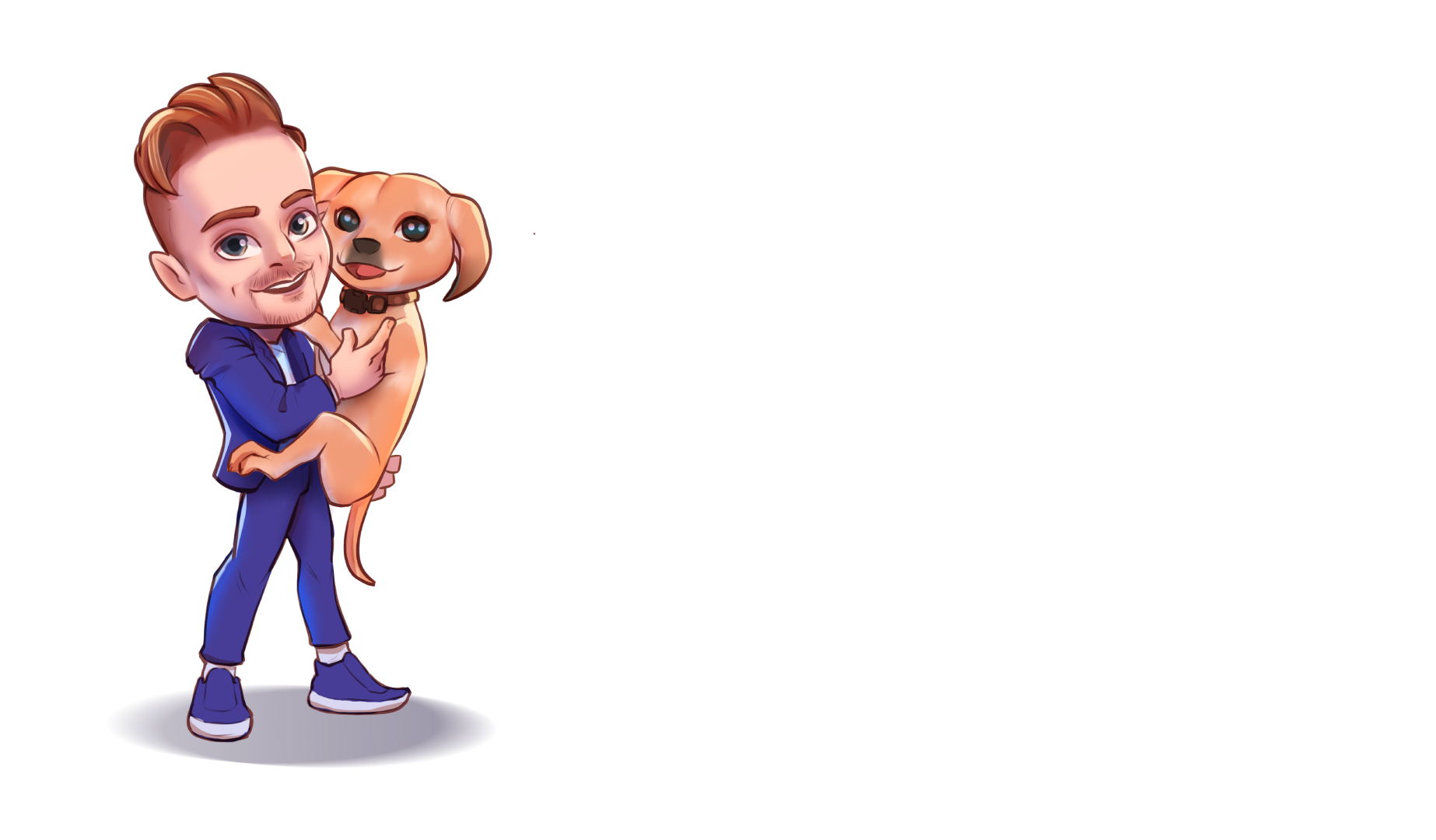I have personally gone through this!!
You are not weak and you are not a failure!
Please reach out to me and I will get back to you as soon as possible.




The servicer is typically the company to which borrowers make their mortgage payments. The servicer may or may not be the company that owns the loan. The servicer is also commonly (and sometimes incorrectly) referred to as the lender-the seller's mortgage company.
The investor is the party/entity that currently owns the note and mortgage or deed of trust. The investor has the final approval on any short sale.
In distressed property transactions, the borrower is the property owner/ seller. The borrower is not the buyer. The term borrower is used by the investor/servicer to reference the party who is their borrower.
The purchaser is the buyer who has entered into a purchase agreement with the existing short-sale seller.
The acronym GSEs refers to government-sponsored enterprises, which include the Federal National MortgageAssociation (Fannie Mae or FNMA) and Federal Home Mortgage Corporation (Freddie Mac or FHLMC). GSEs were created to ensure there would be affordable mortgages available to homebuyers. They establish a secondary market to package mortgages and sell them as mortage-backed securities. They are under the jurisdiction of the Federal Housing Finance Agency (FHFA).
A mortgage is the instrument that creates the lien. The real estate itself is the asset used as the collateral or security for the mortgage. If the loan is not paid as agreed, the investor has the right to seize the asset (the real estate). It is the mortgage that puts the lien on the property.
The mortgage note, often referred to as the "Promissory Note;' is the agreement to pay the mortgage. The terms of the repayment are spelled out in the note. It is he note that makes the borrower personally responsible for payment.
In some states, rather than using a note and a mortgage, real estate is sold using a deed of trust or a trust deed. In these states, the legal title of the property is held by a trustee who holds it as security for the loan until the loan is paid. If the loan is not paid as agreed, the title to the property is already being held by a trustee and the process of the investor obtaining the asset (the property) is much simpler and quicker.
In some situations, rather than foreclosing on a borrower who is in distress, an investor/lender may allow the borrower to surrender the deed to the property voluntarily in exchange for a release of the note and mortgage If the seller owes more money than the property is worth, is unable to make payments, and is likely to lose the property in foreclosure in the near future, offering to trade the property to the lender in exchange for the cancellation of the note might make sense. This approach is more likely to be successful in states with very long foreclosure timelines. The lender can obtain the property much sooner and may feel that the mitigation of loss is worth the cancellation of the note. Like workouts, this is a contract negotiation, and should be undertaken only after consulting with an attorney. This process is rare and difficult to accomplish. If there are multiple liens or judgments on the property, the deed-in -lieu of foreclosure will not be approved.
A loan modification is a permanent change in one or more of the terms of a borrower's loan, allowing the loan to be reinstated and resulting in a more affordable payment. Agents are not responsible for negotiating the loan modification.
The NOD is an official notice from the servicer to the borrower that the borrower has defaulted on the mortgage. It typically gives the homeowner 90 days to pay off the most recent bill. The NOD formally begins the foreclosure process. The NOD also outlines the reinstatement period.
If, after receiving the notice of default (NOD), the borrower does not or is unable to reinstate the loan, a notice of sale is recorded. The notice of sale explains when and where the foreclosure sale will be held.
A foreclosure sale entails sale of a property, commonly through an auction, in order to satisfy an unpaid obligation. Depending upon state laws, this is done either under the authority of the court (judicial) or through a trustee sale (nonjudicial).
Foreclosure is a legal process by which a defaulted borrower is deprived of his or her interest in the mortgaged property. Technically speaking, the only "foreclosure" sale is the one that occurs at the sheriff's sale or other legal process that transfers ownership from the borrower to a new buyer or the investor. A property owner is in pre-foreclosure when they default on their mortgage.
When someone is sued in court and loses the case, the prevailing party will get a judgment. That party may then file a judgment lien, a lien that attaches to real estate owned by the losing party. Once a judgment lien is placed on a parcel of real estate, the lien acts.as an assurance that the individual sued will pay the amount owed to the creditor. In most cases, a judgment lien remains on title to the property until a decision is made to sell or refinance the house. Then, when the house is sold or refinanced, the lien will be paid off. Once the judgement lien is paid, a release or satisfaction of judgment is recorded in the land records, which clears the title to the property.
Generally, the priority of a judgment lien is determined by its recording date. The priority of liens determines who gets paid first after a foreclosure. Sometimes the recording date doesn't matter though; for example, judgment liens are always junior to property tax liens.8 The laws surrounding priority of liens will vary from state to state.
The TILA RESPA Integrated Disclosure Rule also known as the "Know Before You Owe" initiative, was created by the Consumer Financial Protection Bureau (CFPB) to help consumers shop for and understand mortgages. It replaced four disclosure forms with two new ones, the Loan Estimate and the Closing Disclosure. It also gives consumers three business days to review their Closing Disclosure and ask questions before closing.

Copyright © Dragonfly Properties | All Rights Reserved